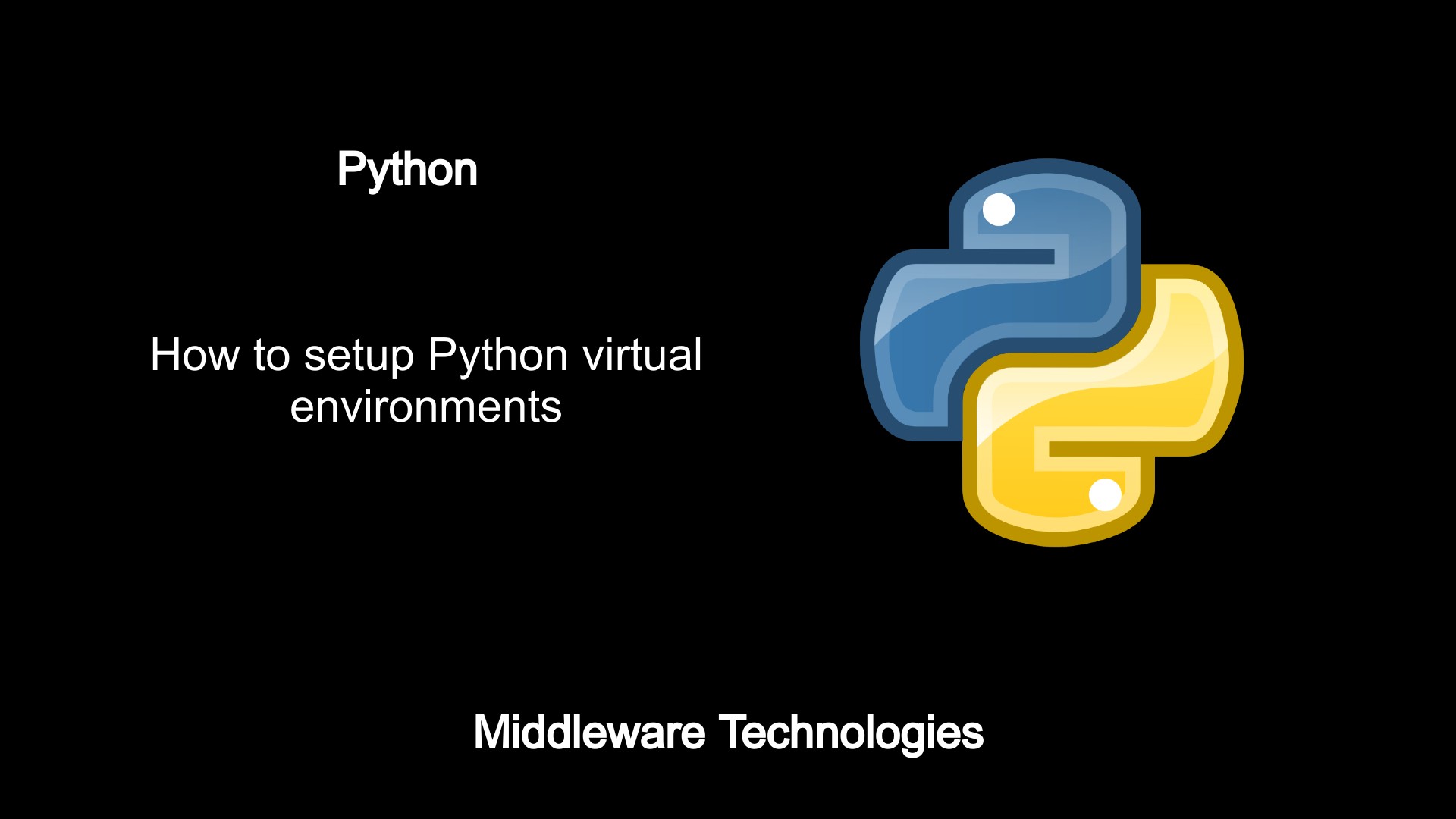
virtualenvs / myvirtualenv / bin / pip ( myvirtualenv ) $ pip install django = 1.7. $ workon myvirtualenv ( myvirtualenv ) $ which pip # this lets you check that the virtualenv has been activated / home / myusername /. You can just use pip without the Python version number or -user flag. Install the required packages into your virtualenv using pip. Step 2: Install packages into your virtualenv ¶ Once your virtualenv is ready and active, you’ll see (myvirtualenv) $ in your prompt. NOTE: If you see a command not found error when trying to run mkvirtualenv, you'll find some installation instructions here: InstallingVirtualenvWrapper virtualenvs / myvirtualenv / bin / python virtualenvs / myvirtualenv / bin / get_env_details ( myvirtualenv ) $ which python / home / myusername /. user_scripts creating / home / myusername /. virtualenvs / myvirtualenv / bin / postactivate virtualenvwrapper. virtualenvs / myvirtualenv / bin / preactivate virtualenvwrapper. virtualenvs / myvirtualenv / bin / postdeactivate virtualenvwrapper. virtualenvs / myvirtualenv / bin / predeactivate virtualenvwrapper. 1 activators BashActivator, CShellActivator, FishActivator, NushellActivator, PowerShellActivator, PythonActivator virtualenvwrapper. local / share / virtualenv ) added seed packages : pip = 22.1.

virtualenvs / myvirtualenv, clear = False, no_vcs_ignore = False, global = False ) seeder FromAppData ( download = False, pip = bundle, setuptools = bundle, wheel = bundle, via = copy, app_data_dir =/ home / myusername /. 0 - 64 in 18417 ms creator CPython3Posix ( dest =/ home / myusername /. You’ll see your virtualenv being created created virtual environment CPython3. So, to create a new Python 3.10 virtualenv, run this command: $ mkvirtualenv myvirtualenv -python =/usr/bin/python3.10 Option, but note that it must match the version of Python you've chosen for your Specify which Python version to use for your virtualenv using the -python We recommend using virtualenvwrapper, a handy command-line tool, to create your virtualenv. Go to the Consoles tab and start a Bash console. To use a virtualenv in your web app, do the following:Ĭonfigure your app to use this virtualenv

You can use a virtualenv in a new web app (created using the “Manual configuration” option) or in your existing web apps. It's particularly useful if you decide our 'default' versions of packages are not the versions you want to use - to get the latest django, for example. A virtualenv is a way to create a python environment that's isolated and separate from the normal system-wide installed packages.


 0 kommentar(er)
0 kommentar(er)
